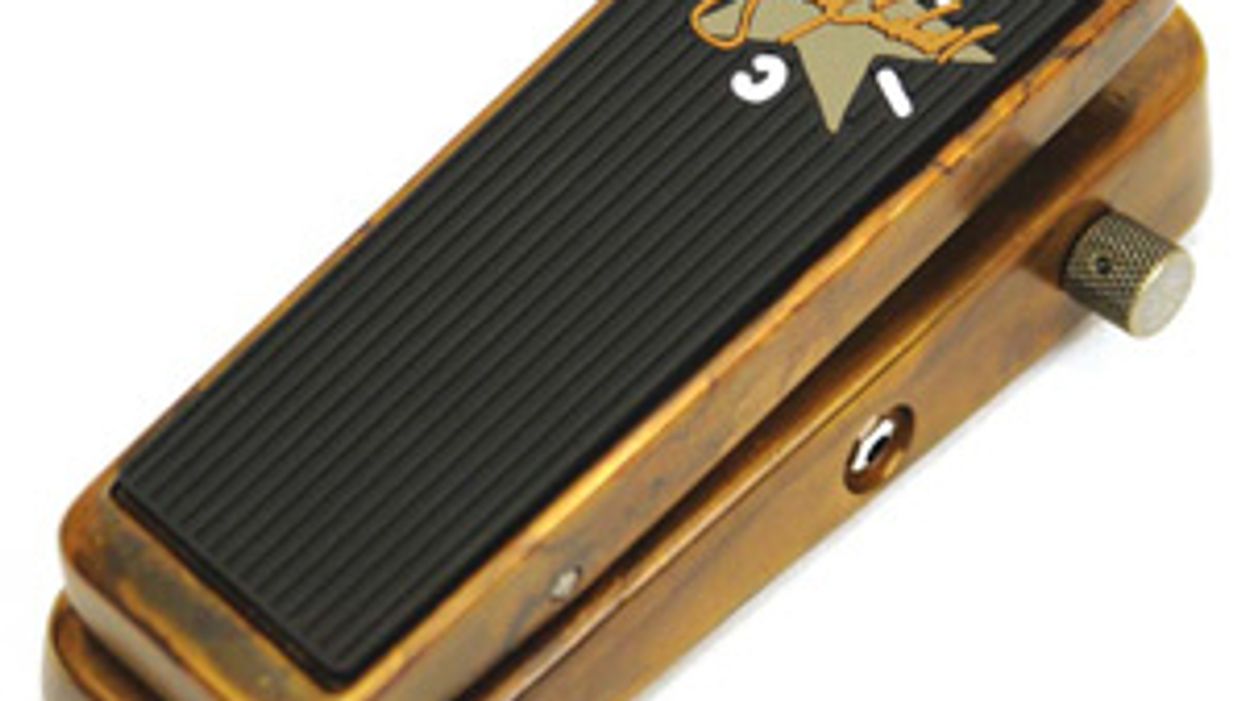Search
Latest Stories
Start your day right!
Get latest updates and insights delivered to your inbox.
grunge-era-popular-band-alice-chains-guitarists-solos-classic-song-structures-set-band-apart-faster-cite-major-jimi-hendrix-black-sabbath-include-cant
Don’t Miss Out
Get the latest updates and insights delivered to your inbox.
Recent
load more
